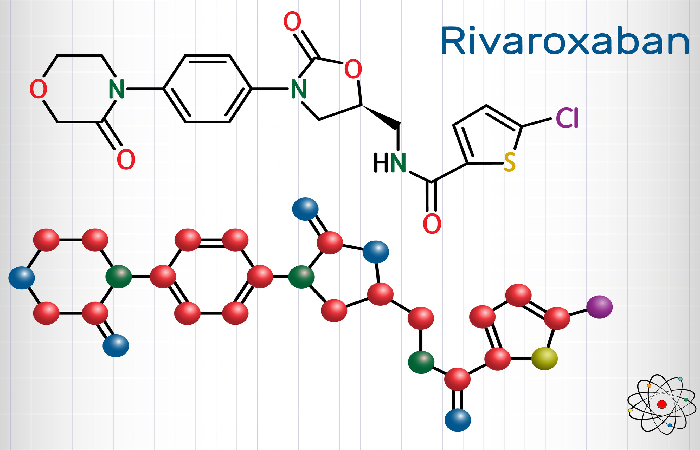Pharmacists shown to optimise oral anticoagulant use
In Clinical news
Follow this topic
Bookmark
Record learning outcomes
Pharmacist-led interventions (PLIs) improve oral anticoagulation use in atrial fibrillation (AF) patients, according to a study in 21 general practices in Bradford.
PLIs can also manage the bleeding risks and transition from vitamin K antagonists (VKAs) to direct oral anticoagulants (DOACs) such as rivaroxaban.
Of the AF patients, 76 per cent received oral anticoagulants. PLIs increased DOAC prescribing from 48 to 54 per cent, which was a statistically significant improvement. Before the PLIs, 10 and 15 per cent of DOAC users were underdosed and overdosed respectively.
PLIs reduced inappropriate DOAC dosing to 0.9 and 0.6 per cent respectively, while 26 per cent of patients successfully transitioned from a VKA to a DOAC. Several reasons, such as GP decision, drug-drug interactions and contraindications, meant that the other patients could not switch.
“Proactive management of modifiable bleeding risk factors by pharmacists in general practice could reduce the risk of harm commonly associated with DOAC use,” say the authors.
For instance, PLIs significantly improved mean HAS-BLED scores (a composite of modifiable and non-modifiable bleeding risk factors). PLIs that lowered bleeding risk (such as deprescribing antiplatelets and NSAIDs, controlling blood pressure and limiting alcohol consumption) resulted in 73 per cent of patients showing at least a one point reduction in their HAS-BLED score.
The study did not consider demographics, ethnicity and deprivation or perform economic analyses. “Optimising medicines and in particular optimising DOAC dosing, in line with guidance and individual patient parameters, is potentially a valuable role for pharmacists in general practice,” the authors conclude.

